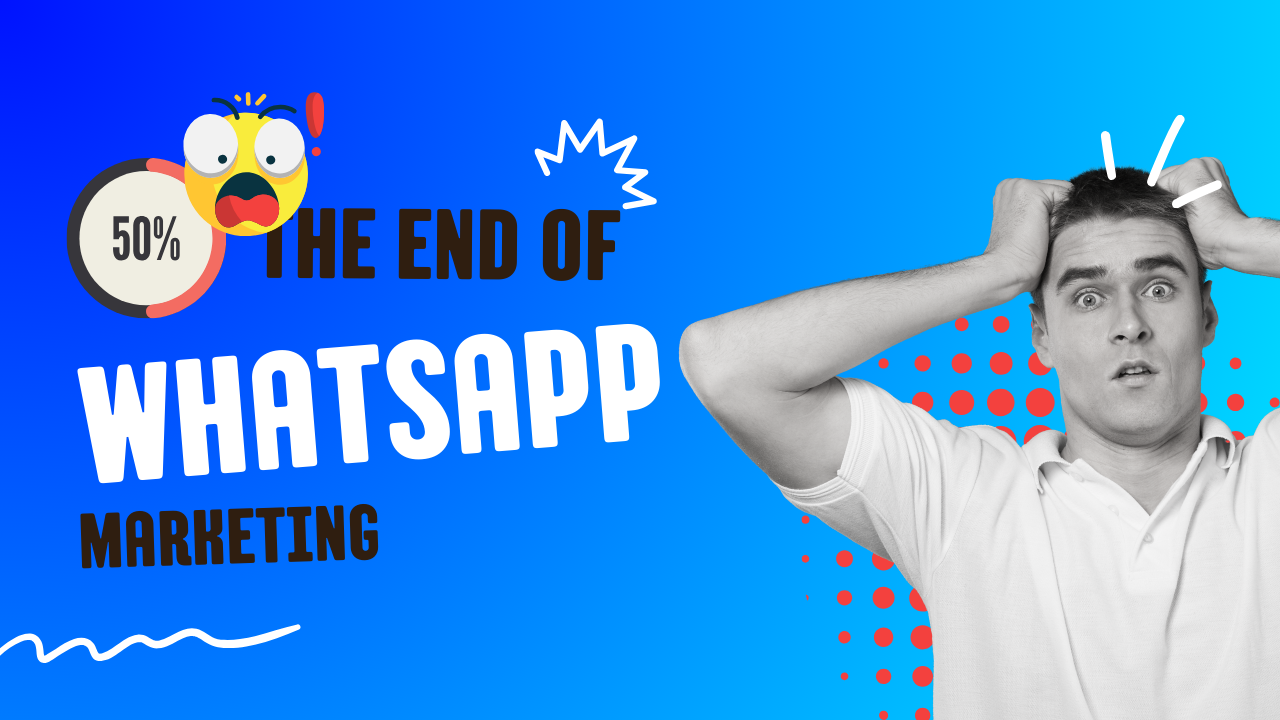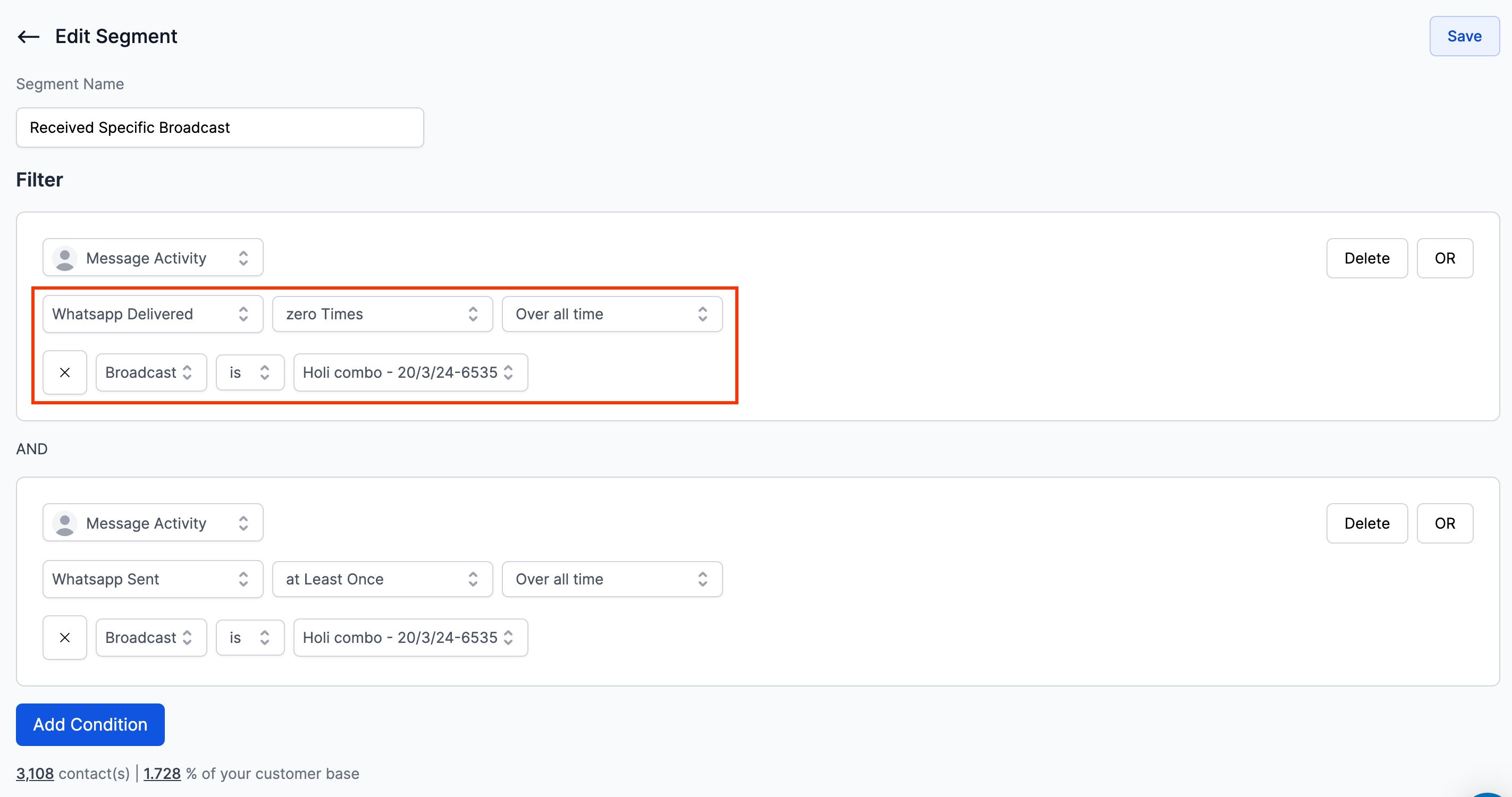
Getting less than 50% Delivery Rates on WhatsApp? Here's Why
Discuss with AI
Get instant insights and ask questions about this topic with AI assistants.
💡 Pro tip: All options include context about this blog post. Feel free to modify the prompt to ask more specific questions!
Lately, you might have seen reduction in the delivery rates of your WhatsApp messages.
Most users are at <50% delivery rates now. This is a consequence of folks using WhatsApp as a spam channel like SMS or email and constant complaints by end customers.
WhatsApp marketing launched 3 years ago. Brands loved it as it had the industry the best delivery and open rates.
Brands kept on using it, and spam increased. In June 2023, Meta significantly increased the price of marketing messages, but with the ROI brands got out of WhatsApp, companies kept at it.
It is indeed a tricky game for WhatsApp, if they make it too loose, WhatsApp becomes a spam channel like SMS. If it's too expensive or restrictive for companies, they won't get the ROI out of it. So it's always critical for them to strike a balance as an advertisement company.
Here's the deal: Meta is now restricting the number of marketing template messages a user can receive from any business within a specific timeframe. This means mass promotional broadcasts are no longer the golden ticket.
Starting February 2024, Meta implemented a policy for businesses operating in India to limit the number of marketing conversations a user receives from any business over a specific timeframe.
The limit isn't exclusive to your account. It's the overall limit of a recipient.
Say I received a marketing message from Amazon, Flipkart and Pizza Hut today.
Now if McDonald's wants to send me a marketing message, they won't be able to since I already got 3 marketing messages today.
Of course, this example is highly simplified. The duration (whether the limit is for 1 day or 1 week) and the amount of messages one can receive differs from person to person and is based on Meta's own algorithm.
To learn more, follow the official Meta Docs.
There's a good and a bad side to this.
Immediately, when earlier you used to get 70,80 or even 90% delivery rates. It will be around 50% now
Both WhatsApp and Spur bill you only on the delivered messages, so your WhatsApp bills will significant reduce this and the coming months!
- This means you can reinvest this money in doing more, but highly specific and targeted campaigns, so that the message if delivered is relevant enough for your customers to engage or purchase from it.
Your open rates will increase! Users have been getting quite spammed with WhatsApp messages over the last year. Now that the spam has decreased by approx 50%, you will see a spike in open & click rates.
- This means more ROI per broadcast for you!
Spur's segmentation feature allows you to check who did not get the message you sent in a broadcast, and then you can attempt the broadcast again the next day.

The official docs of meta also say that the only way to get around this issue to try sending the template again after a while. Which is usually when the limit of that user is reset, and they can get more marketing messages now.
But this method is too manual, right?
We are happy to share that Spur already has a solution to this problem!
We've built a proprietary model to identify windows where messages are more likely to be delivered and send messages in them.
DeliveryBoost works on both bulk campaigns & your workflow automations, without any additional setup on your end!
Read more about it here.
As long as you are getting a good >10x ROI and WhatsApp user base is getting a relative spam experience, WhatsApp marketing is here to stay!
Also, this policy is not set in stone, as per the meta guidelines, it can change anytime, to stay updated, follow us on LinkedIn
We'll continue refining our approach and appreciate your partnership as we invest in making WhatsApp the best possible experience for your business and your customers.
